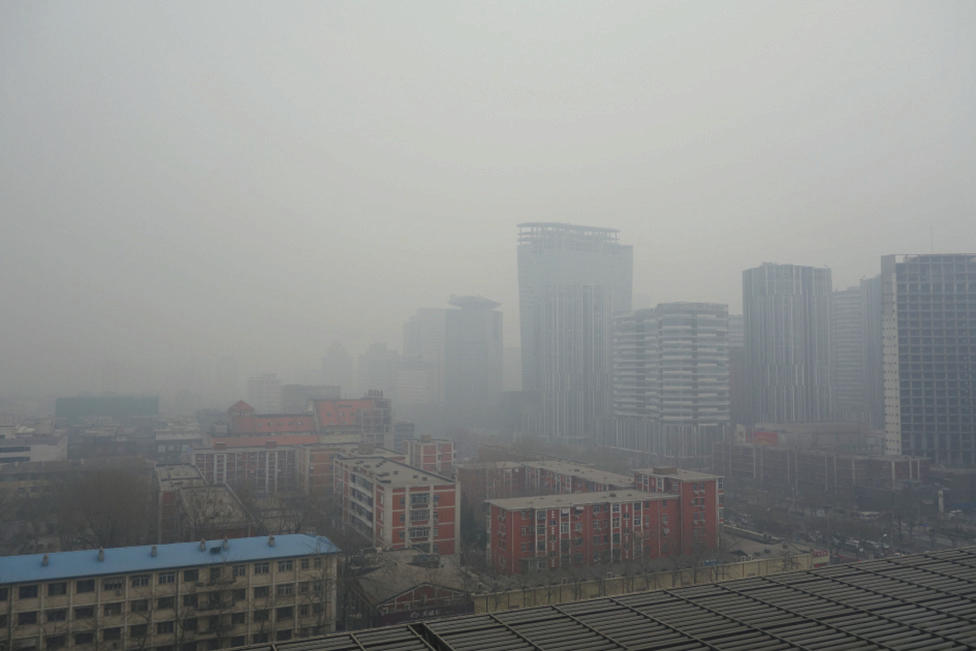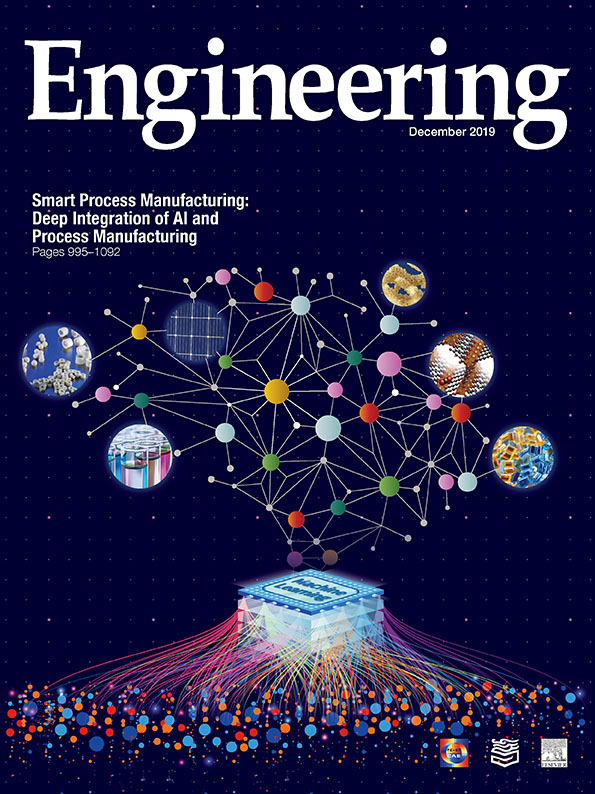That air pollution might decrease the utility of solar power, a sustainable energy source increasingly being tapped by China and many other countries to decrease greenhouse gas emissions, is not surprising. Now, however, two research groups have documented the effect and estimated its impact. And it is not insignificant.
In 2018, senior scientist Su Yang of the National Meteorological Information Center in Beijing, China, was a visiting fellow with global energy expert Professor Martin Wild at the Swiss Federal Institute of Technology (ETH) in Zurich, Switzerland. The two scientists decided to analyze measurements of surface solar radiation recorded at 119 meteorological stations in China between the years of 1958 and 2015.
Yang and Wild’s project was funded by the Chinese National Innovation Project for Meteorological Science and Technology, and performed with the assistance of Xiaolan Wang, a senior research scientist at Environment and Climate Change, the department of the government of Canada with responsibility for coordinating environmental policies and programs and preserving natural resources. The results showed that the amount of sunlight hitting the measurement instruments decreased substantially over the nearly sixty-year period [1]. Based on the observed dimming at the 119 meteorological stations, the researchers estimated that the potential photovoltaic (PV) output decreased by 11%–15% on average in China between 1960 and 2015 (Fig. 1) [2].
《Fig. 1》

Fig. 1. Air pollution, such as that shown here in Sanlitun, Beijing, leads to decreased solar radiation reaching photovoltaic panels, resulting in a substantial loss of potential energy production. Credit: Kentaro IEMOTO (CC BY-SA 2.0).
The researchers identified two potential factors, increasing air pollution and increasing cloud cover, that could be responsible for the dimming. An analysis of the solar radiation levels when no clouds were present showed that, even under these conditions, the levels of sunlight still had declined. In addition, the dimming correlated closely with increasing levels of air pollution recorded by the Peking University emission inventories [3].
Wild and his ETH colleague Doris Folini had previously conducted simulations with a global climate model that suggested that sulfur dioxide emissions accounted for two thirds of the dimming observed in eastern China between 1950 and 2000, with the combination of black carbon and organic carbon emissions accounting for the rest [4]. All these results strongly implicated aerosols from air pollution as playing a major role in the dimming, Wild said, "We think this is not just natural variation—it really is an anthropogenic change.”
Similar findings were reported by another research team based in Singapore. Ian Marius Peters, now a research scientist at the Massachusetts Institute of Technology in Boston, first began to investigate the phenomenon during the 2013 Southeast Asian haze event, when forest fires in Indonesia led to record levels of pollution in Singapore in late June and early July of 2013. For several days during this period, the air pollutant standard index rose from its normal levels of 25 to above 200 [5]. "The visibility was very poor, and colleagues and I discussed that we should be able to detect the reduction in light in solar cells,” said Peters, who was working at the Solar Energy Research Institute of Singapore at the time. "So, we set off to try and measure the impacts.”
To do this, Peters and colleagues used air quality measurements from five different sites in Singapore and solar cell performance data recorded before, during, and after the haze event to create a model that captured how the haze affected incoming radiation to reduce the amount of the sunlight reaching solar cells. The results showed a significant reduction in the output of solar panels—between 15% and 25% during the haze period [5]. They then used their model to investigate the impact of air pollution on PV output in other cities. In Delhi, India, for example, the researchers used more than 18 months of air pollution and solar panel performance data to determine that air pollution reduced the amount of solar radiation reaching a given area—the insolation—by 11.5%, from 1770 to 1570 (kWh)·m-2 [6]. For a silicon solar panel with an efficiency of about 20% the annual yield would be reduced by about 40 (kWh)·m-2 . While this reduction may seem small by itself, an improvement in the intrinsic efficiency of PV cells by that amount would be considered a near monumental breakthrough. And, if the city were planning to install enough solar panels to power 1 million homes, it would fall short of this goal by approximately 115 000 homes due to the impact of air pollution, Peters said.
Peters and colleagues additionally used their model to estimate the financial losses due to the impact of air pollution on solar energy in Delhi and 15 other cities. Estimated annual losses per gigawatt of installed PV were approximately $20 million USD in Delhi, India, $10 million and $9 million USD, respectively, in Beijing and Shanghai, China, and between $5.9 million and $9.3 million USD in Los Angeles, California, United States [6].
The Wild team also estimated the economic impacts of reduced solar energy production due to air pollution, in their case based on the long-term radiation data. They calculated that if the radiation levels in China in 2016 were the same as in the 1960s, there would be a 12%–13% increase in electricity generation, corresponding— based on China’s 2016 PV capacity—to a total annual savings in energy costs of $1.9 billion USD. And based on China’s PV capacity target of 400 GW by 2030, set to help meet its commitment to the Paris Agreement of obtaining 20% of its energy from renewable energy sources [7], the estimated annual savings afforded by the 1960 air pollution levels on that target were between $4.6 billion and $6.7 billion USD [2]. China’s installed PV capacity at the end of 2017 was estimated at 130 GW, up from less than 1 GW in 2010 [7].
The good news is that, between 2005 and 2016, solar radiation recorded at the Chinese stations has started to increase. This brightening is most likely due to strategies implemented to decrease air pollution, Wild said, including phasing out beehive coke ovens, adopting desulfurization techniques and new emissions standards for power plants, and increasing efforts to phase out coal.
As China produces a greater fraction of its energy from solar and other renewable sources, air pollution should improve, with the triple benefits of increased productivity for PV panels, increased agricultural productivity, and improved human health. While documenting the effects of air pollution on solar power is important, Wild and Peters agreed that human health will benefit the most from improved air quality. "First and foremost, air pollution is a health issue and it needs to be solved because of that,” Wild said.













 京公网安备 11010502051620号
京公网安备 11010502051620号




